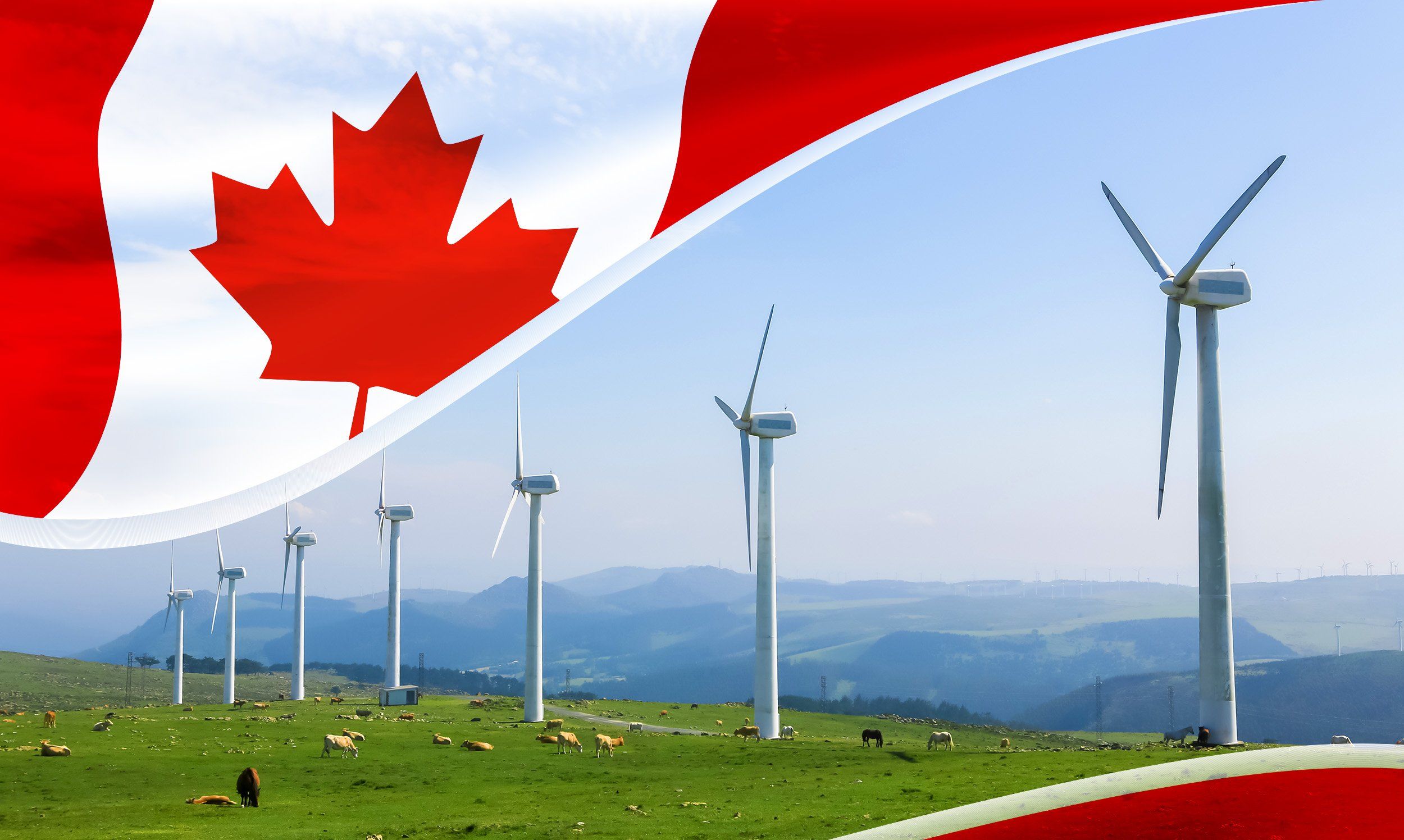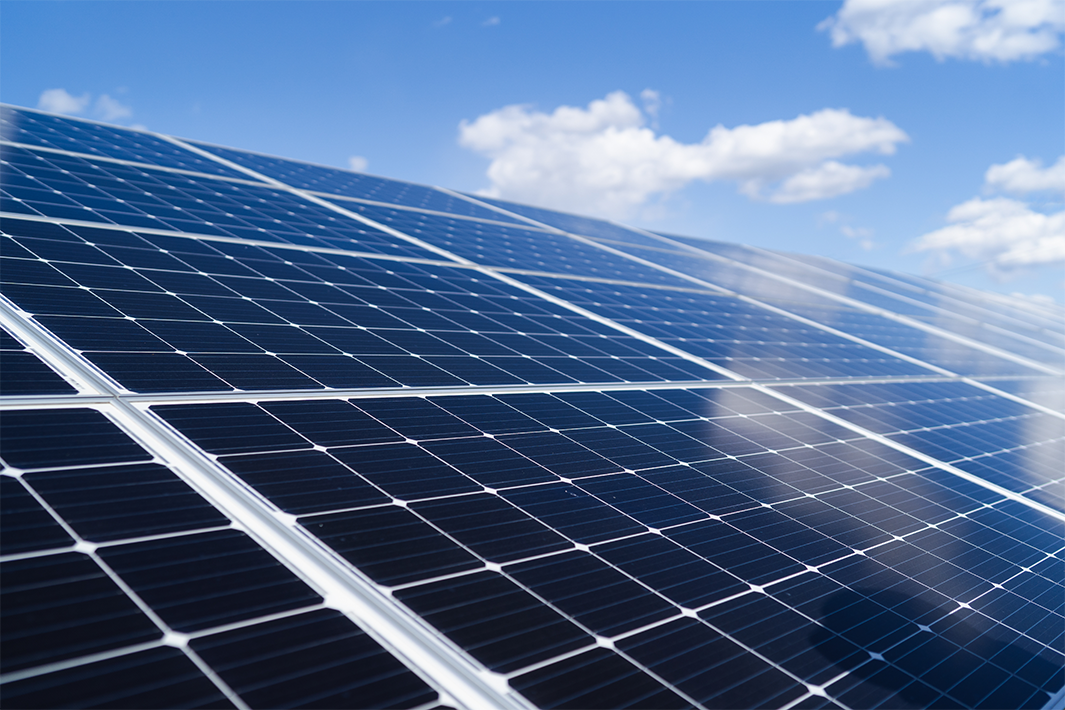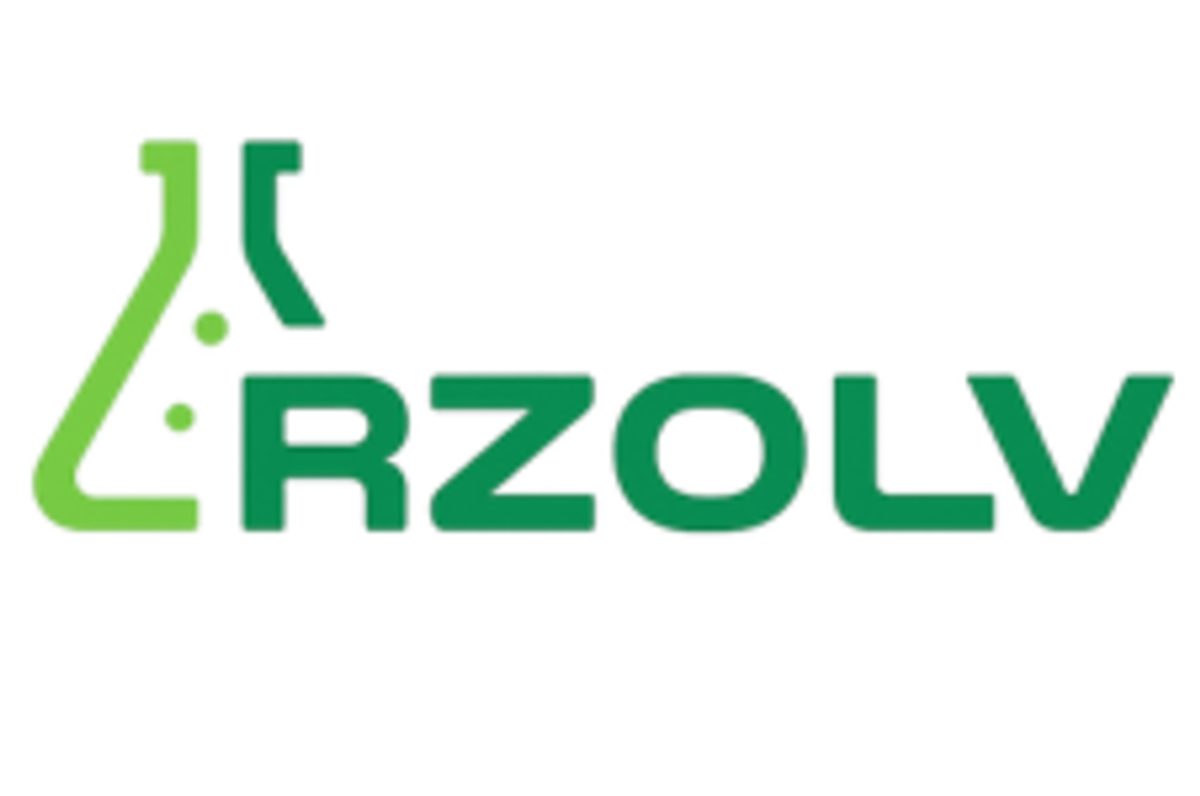
December 19, 2024
Provaris Energy Ltd (Provaris, ASX.PV1) is pleased to provide an update on recent progress towards its priority activities in Norway aimed at developing Hydrogen Supply Chains into Europe and advancing the Company’s proprietary hydrogen carrier.
HIGHLIGHTS:
- Significant progress made on finalising a Term Sheet with Uniper and Norwegian Hydrogen for a Hydrogen Sale and Purchase Agreement (SPA) outlining key commercial terms, including targeting a 10-year offtake for over 40,000 tonnes per annum of hydrogen. Execution is imminent and expected to be executed after the European winter holiday period.
- Completion of the Fiska Facility sale expected around 1st January 2025 will enable Provaris to move forward with a lease agreement with the new owners and finalise the purchase of robotic laser- welding requirement to restart its Prototype Tank fabrication and testing program.
Term Sheet for Hydrogen Supply and Offtake progressing towards execution
During December 2024, Provaris , together with Uniper and Norwegian Hydrogen, made significant strides towards the finalization of a Term Sheet that outlines the key terms for negotiation of a long term Hydrogen SPA. This agreement targets a 10-year offtake contract for over 40,000 tonnes per annum of renewable green hydrogen from the Nordics to Germany.
The Term Sheet represents a critical milestone in Provaris’ plans to establish reliable, long term, and low cost hydrogen supply utilising Provaris’ proprietary H2Neo carriers and H2Leo barge technology.
The completion of the Term Sheet is imminent however final execution may be slightly delayed by the winter holiday period in Europe, which concludes on 2 January 2025. The Term Sheet also supports discussions established with shipyards for newbuilds and shipowners for Time Charter of the carriers.
Provaris and Uniper continue to focus on optimal shipping, compression, and import terminal solutions in North-West Europe, ensuring a flexible and efficient transport network. The collaboration with Norwegian Hydrogen, including the Fjord H2 project and other Nordic sites, aims to provide RFNBO-compliant hydrogen delivered in compressed form. These initiatives support Uniper’s hydrogen portfolio requirements and align with Provaris’ vision of delivering cost-effective, low-emission supply chains from production to end-user markets.
Restart of Prototype Tank Program at Fiskå Facility and completion of final Class Approvals.
Provaris has maintained regular engagement with the secured lenders and their appointed Advisor regarding the ongoing sale process of the Fiskå Facility and associated assets. While the process has taken longer than initially anticipated progress has been achieved over the past 6 weeks with finalization and title transfer to the new owner anticipated on or around 1st January 2025.
Securing a lease agreement for a portion of the Fiskå Facility’s production floor and associated office space will provide for a resumption of the Prototype Tank fabrication and testing program. The lease is close to finalization and will provide ample room for future growth, including the potential production of small-scale hydrogen storage tanks that can be an important step towards improving the operational economics for industrial hydrogen users.
Concurrently, Provaris has advanced negotiation of the key terms for an asset purchase agreement to acquire the installed Production Cell (including robotic arms, laser-hybrid welding equipment, pedestals, jigs and related tools) essential for the Prototype Tank construction. Owning these valuable production assets and associated intellectual property will strengthen Provaris’ manufacturing capabilities in Norway and potential licensing opportunities within Europe and Asia.
Click here for the full ASX Release
This article includes content from Provaris Energy, licensed for the purpose of publishing on Investing News Australia. This article does not constitute financial product advice. It is your responsibility to perform proper due diligence before acting upon any information provided here. Please refer to our full disclaimer here.

Sign up to get your FREE
Provaris Energy Investor Kit
and hear about exciting investment opportunities.
- Corporate info
- Insights
- Growth strategies
- Upcoming projects
GET YOUR FREE INVESTOR KIT
The Conversation (0)
25 May
Provaris Energy
Enabling the scale-up of clean energy supply chains through innovative hydrogen and CO2 storage and transport solutions.
Enabling the scale-up of clean energy supply chains through innovative hydrogen and CO2 storage and transport solutions. Keep Reading...
19 December
5 Best-performing Canadian Cleantech Stocks of 2025
As the world races to meet rising power demand driven by artificial intelligence (AI) and advanced computing, cleantech is stepping into a new era of opportunity. Developing and scaling innovative energy technologies has never been more accessible or cost-efficient, thanks to breakthroughs in... Keep Reading...
17 December
Cleantech Market Forecast: Top Trends for Cleantech in 2026
After a year marked by policy changes and trade uncertainty, experts are calling for cleantech investment to be dominated by artificial intelligence (AI) energy demand in the first quarter of 2026.The COP30 conference, held in Belém, Brazil, this past November, was marked by cautious optimism... Keep Reading...
16 December
Disrupting the Gold Standard: Eyeing Cyanide-free Alternatives in Resource Extraction
In a $2 billion cyanide market that underpins global gold extraction, a seismic shift is underway as environmental concerns and evolving investment standards push the industry towards safer, more sustainable alternatives. For over a century, cyanide has been the gold standard in mining, driven... Keep Reading...
15 December
Silica Investing: How Processing Bottlenecks Create Breakthrough Opportunities
As one of its most abundant minerals, the world has no shortage of silica. The challenge — and more importantly, the value — lies in making it pure enough for the technologies that will define the global energy transition.Innovations in cleaner and more efficient high-purity (HPQ) silica... Keep Reading...
11 December
RZOLV Technologies Appoints Mary Ellen Thorburn to the Board of Directors; Announces the Retirement of Darryl Yea
Rzolv Technologies Inc. (TSXV: RZL) (the "Company" or "RZOLV") is pleased to announce the appointment of Ms. Mary Ellen Thorburn to the Company's Board of Directors, effective December 15, 2025."On behalf of the Board of Directors, I am pleased to welcome Mary Ellen to the RZOLV team," said... Keep Reading...
09 December
Investing Insight: Why CNG is the Next Scalable Step in Cleaner Heavy-duty Transport
As global decarbonization ambitions collide with real-world economics, compressed natural gas (CNG) is quietly reasserting itself as a pragmatic, low-emission solution for heavy-duty trucking. Amid rising diesel costs, tightening emissions rules and infrastructure and economic constraints that... Keep Reading...
Latest News

Sign up to get your FREE
Provaris Energy Investor Kit
and hear about exciting investment opportunities.
- Corporate info
- Insights
- Growth strategies
- Upcoming projects
GET YOUR FREE INVESTOR KIT
Interactive Chart
Latest Press Releases
Steadright Grants Stock Options
24 December
Silverco Confirms No Material Change
24 December
Related News
TOP STOCKS
American Battery4.030.24
Aion Therapeutic0.10-0.01
Cybin Corp2.140.00






